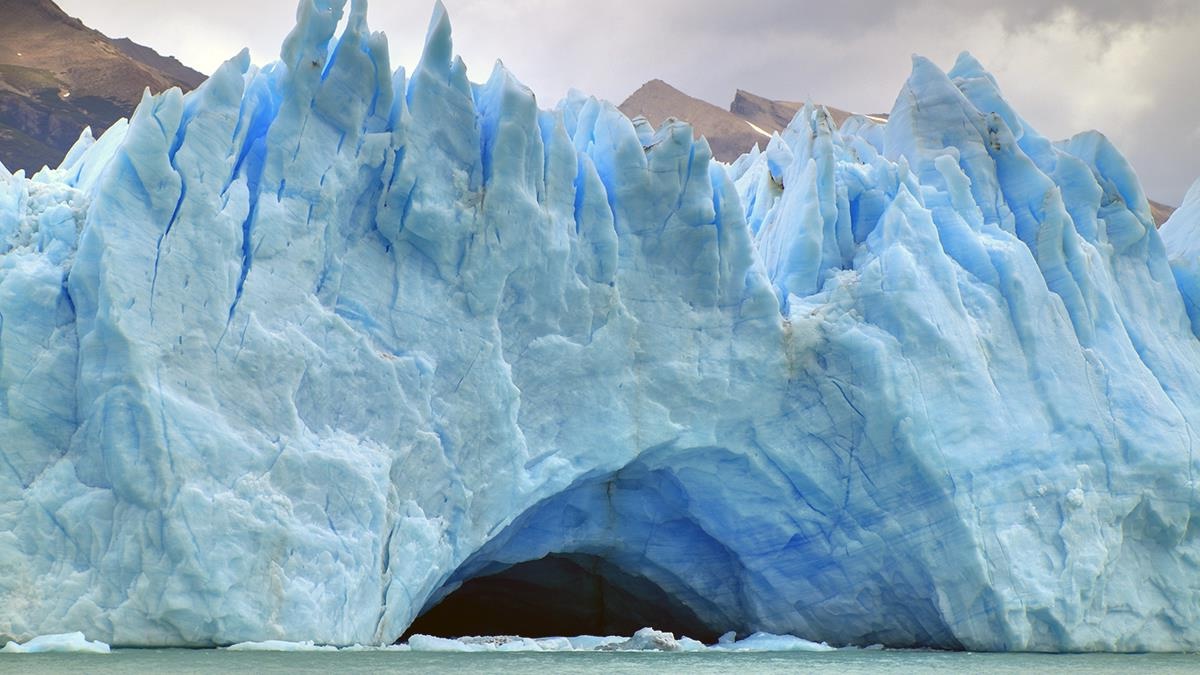
Glaciology is the scientific study of glaciers and ice sheets, revealing secrets about Earth's past climate and helping predict future changes. Glaciers are massive, slow-moving rivers of ice that shape landscapes, influence sea levels, and impact ecosystems. Did you know that glaciers cover about 10% of the Earth's land surface? These icy giants store around 69% of the world's freshwater. Antarctica holds the largest ice sheet, containing enough ice to raise global sea levels by nearly 200 feet if it all melted. Glaciologists use tools like satellite imagery, ice cores, and GPS to study these frozen wonders. Understanding glaciers is crucial for grasping climate change and its effects on our planet. Ready to dive into 28 fascinating facts about glaciology? Let's get started!
What is Glaciology?
Glaciology is the scientific study of glaciers, ice sheets, and other forms of ice. It helps us understand Earth's climate history and predict future changes. Here are some fascinating facts about this icy science.
-
Glaciology combines elements of geology, geography, and meteorology to study ice and its effects on the landscape.
-
The term "glaciology" comes from the Latin word "glacies," meaning ice.
Types of Glaciers
Glaciers come in various forms, each with unique characteristics. Understanding these types helps scientists predict their behavior and impact.
-
Alpine glaciers form in mountainous regions and flow down valleys.
-
Ice sheets are massive glaciers that cover large areas, like those in Antarctica and Greenland.
-
Ice caps are smaller than ice sheets but still cover extensive areas, usually found in polar and subpolar regions.
-
Piedmont glaciers spread out at the base of mountains, forming broad lobes.
Glacial Movement
Glaciers are not static; they move and shape the landscape. This movement is crucial for understanding their impact on the environment.
-
Glaciers move through a combination of internal deformation and sliding at the base.
-
The speed of glacial movement can vary from a few centimeters to several meters per day.
-
Crevasses are deep cracks that form in glaciers due to stress from movement.
-
Surge glaciers experience rapid movement over short periods, sometimes advancing several kilometers in a few months.
Glacial Features
Glaciers create unique landforms and features as they move and melt. These features provide clues about past glacial activity.
-
Moraines are accumulations of debris deposited by glaciers.
-
Drumlins are streamlined hills formed by glacial ice reshaping underlying sediments.
-
Eskers are long, winding ridges of sand and gravel deposited by meltwater streams within glaciers.
-
Kettles are depressions formed by melting ice blocks left behind by retreating glaciers.
Glacial Impact on Climate
Glaciers play a significant role in Earth's climate system. Their presence and behavior influence global temperatures and sea levels.
-
Glaciers reflect sunlight, helping to regulate Earth's temperature.
-
Melting glaciers contribute to rising sea levels, which can impact coastal communities.
-
Glaciers store about 69% of the world's freshwater.
-
The loss of glaciers can lead to reduced water availability for millions of people who rely on glacial meltwater.
Studying Glaciers
Scientists use various methods and tools to study glaciers. These techniques help gather data and improve our understanding of glacial processes.
-
Ice cores are cylindrical samples drilled from glaciers, providing records of past climate conditions.
-
Remote sensing involves using satellites and aerial photography to monitor glacier changes.
-
Ground-penetrating radar helps scientists study the internal structure of glaciers.
-
GPS technology tracks glacier movement and deformation.
Glaciers Around the World
Glaciers are found on every continent except Australia. Each region's glaciers have unique characteristics and challenges.
-
Antarctica holds about 90% of the world's ice.
-
Greenland's ice sheet is the second largest, covering roughly 80% of the island.
-
The Himalayas, often called the "Third Pole," contain the largest concentration of glaciers outside the polar regions.
-
South America's Andes Mountains are home to tropical glaciers, which are particularly vulnerable to climate change.
-
Africa has glaciers too, found on Mount Kilimanjaro and the Rwenzori Mountains.
-
Europe's Alps have been extensively studied, providing valuable data on glacial retreat and climate change.
Glaciology: A World of Ice and Wonder
Glaciology isn't just about ice; it's a window into Earth's past and future. From the massive ice sheets of Antarctica to the melting glaciers in the Himalayas, these icy giants hold clues about climate change and sea-level rise. Understanding glaciers helps scientists predict future environmental shifts and develop strategies to combat global warming.
Glaciers also shape landscapes, carving out valleys and creating stunning natural features. They provide fresh water to millions, supporting ecosystems and human communities. The study of glaciers, though complex, is crucial for sustainable living on our planet.
So next time you see a glacier, remember it's more than just frozen water. It's a dynamic, ever-changing part of our world, holding secrets of the past and keys to our future. Keep exploring, stay curious, and appreciate the icy wonders of glaciology.
Was this page helpful?
Our commitment to delivering trustworthy and engaging content is at the heart of what we do. Each fact on our site is contributed by real users like you, bringing a wealth of diverse insights and information. To ensure the highest standards of accuracy and reliability, our dedicated editors meticulously review each submission. This process guarantees that the facts we share are not only fascinating but also credible. Trust in our commitment to quality and authenticity as you explore and learn with us.
